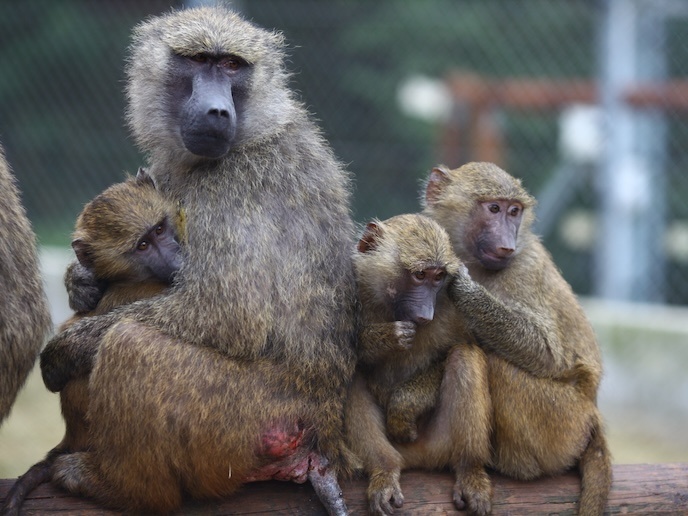Bird brains and nest building
Nest building is a sophisticated behaviour comparable to tool use as it involves selecting, shaping and manipulating material for a specific purpose. Although nearly all bird species build nests, very little is known about how they go about the process of selecting material and building the structure itself. The EU-funded BIRDNEST (Neural basis and cognition of nest building in birds) project investigated the neural basis of building behaviour and how birds gain building skills. Zebra finches (Taeniopygia guttata) were used in the laboratory to determine where nest building ‘occurs’ in the brain and whether this activity needs to be practised. Male zebra finch birds avoided unsuitable nesting materials according to their personal experience. This showed that the activity has individually ‘learned’ components rather than being instinctive. Video recordings also revealed that male zebra finches bring more material into the nest faster when the female sits in the nest. Sex steroid hormones influence many breeding behaviours but their role in regulating nest building was not known. Therefore, levels of circulating sex steroids (plasma testosterone in males and oestradiol in females) were studied to see if their concentration changes when zebra finches start and stop building. Initial results showed that they did not regulate building even though they affect other breeding behaviour such as courtship. Scientists also conducted laboratory experiments to discover whether the cerebellum in the brain has a direct function in nest building. Neural activation in this area was found to increase when male birds deposit and tuck more material into the nest. Studies are underway to determine whether the activation is specific to building or whether it is similar to when the birds merely manipulate nest material without the opportunity to build. BIRDNEST accumulated data on actual building behaviour in birds, including hormone profiles and brain activity that are difficult to collect in the wild. This information will shed light on the relationship between physical skills and cognition as well as between cognitive skills and behavioural ‘complexity’. Furthermore, it will help scientists to better understand how and why cognitive abilities evolve.







